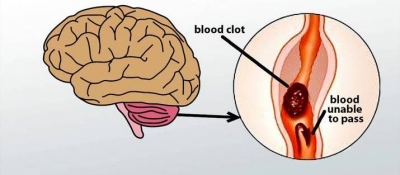
Before we discuss the various cerebellar stroke effects, it’s important to understand the function and structure of the cerebellum itself. The cerebellum — which in Latin means “little brain” — is the second largest part of the brain, following the cerebrum. The cerebellum is part of the hindbrain, located along the rear base of the skull and tucked just beneath the cerebrum. Although the cerebellum only accounts for roughly 10 percent of the brain’s volume, it contains more than half of its total neurons. This mighty “little brain” is responsible for controlling and regulating balance and coordination. The cerebellum plays a major role in fine motor movements and especially muscle memory. In other words, it controls the movements we learn over time through repetition, such as playing an instrument or throwing a baseball.
After a stroke occurs, immediate medical attention is vital to minimizing neural damage. Signs to look for to determine if a patient has suffered a cerebellar stroke include headache, nausea, loss of coordination, vomiting, and difficulty swallowing. Dizziness is one of the most commonly reported cerebellar stroke symptoms, with nearly three-quarters of stroke patients experiencing instances of vertigo, the sensation of falling to the left or right. Other cerebellar stroke effects such as double-vision or nystagmus (condition involving involuntary eye movements) can exacerbate instances of vertigo. Nausea, with or without vomiting, is also extremely common, affecting more than half of cerebellar stroke patients.
Picture Credit : Google

